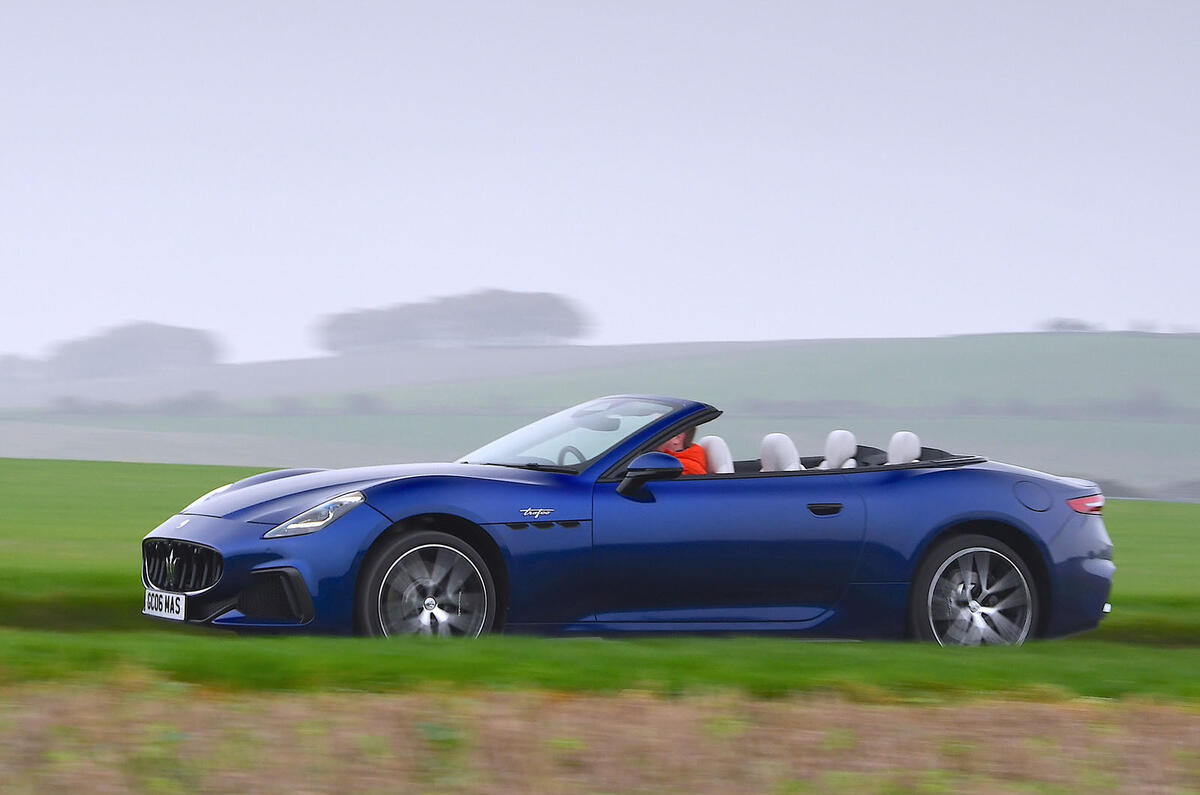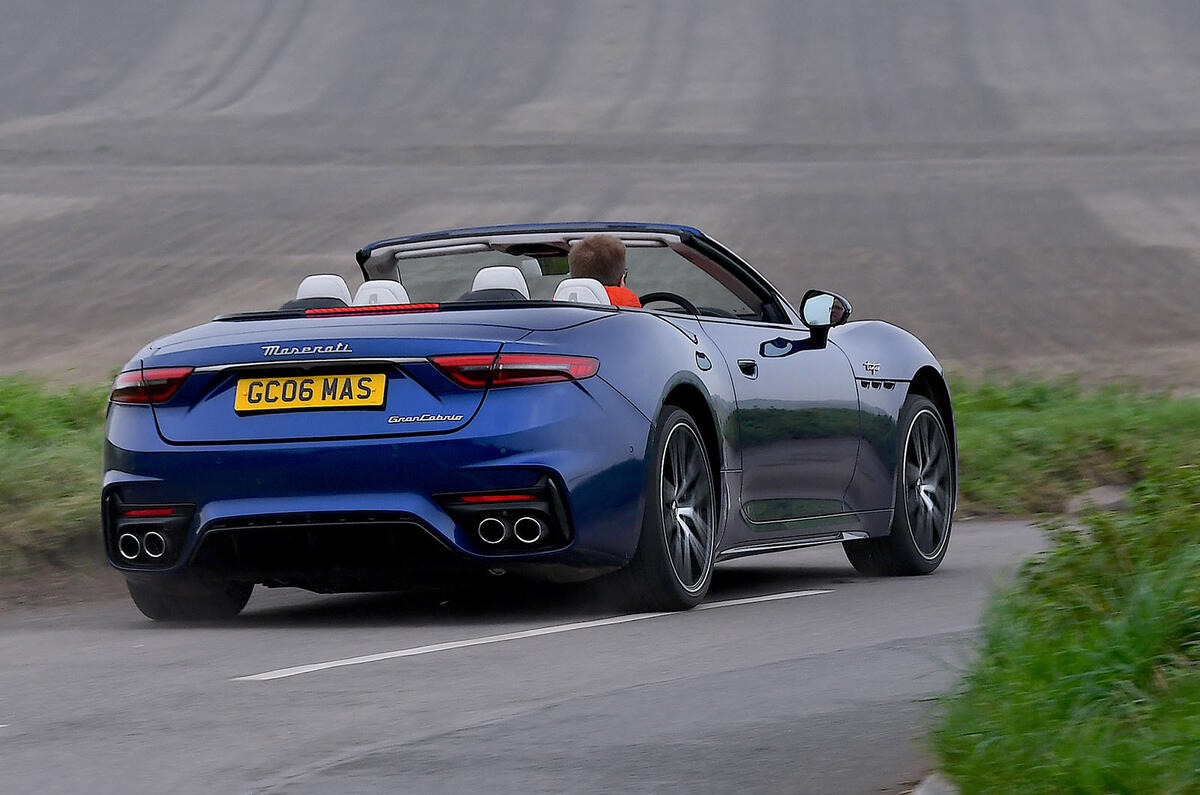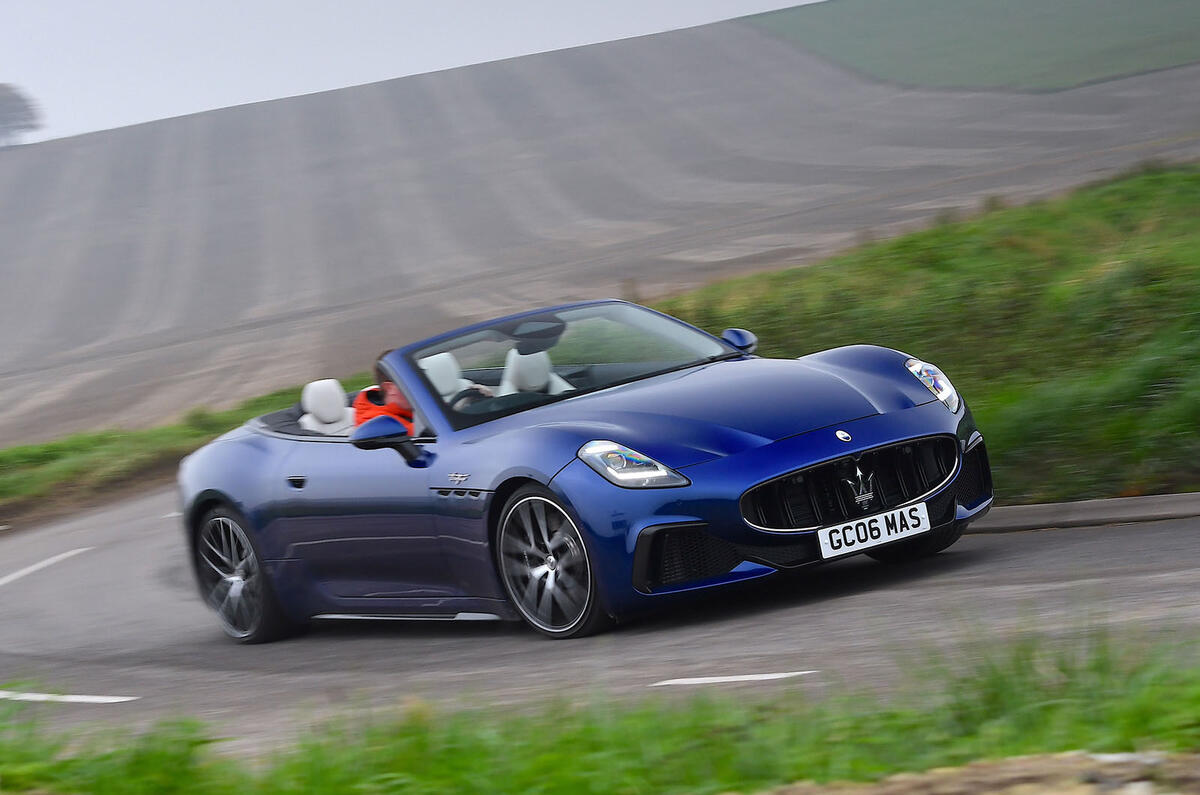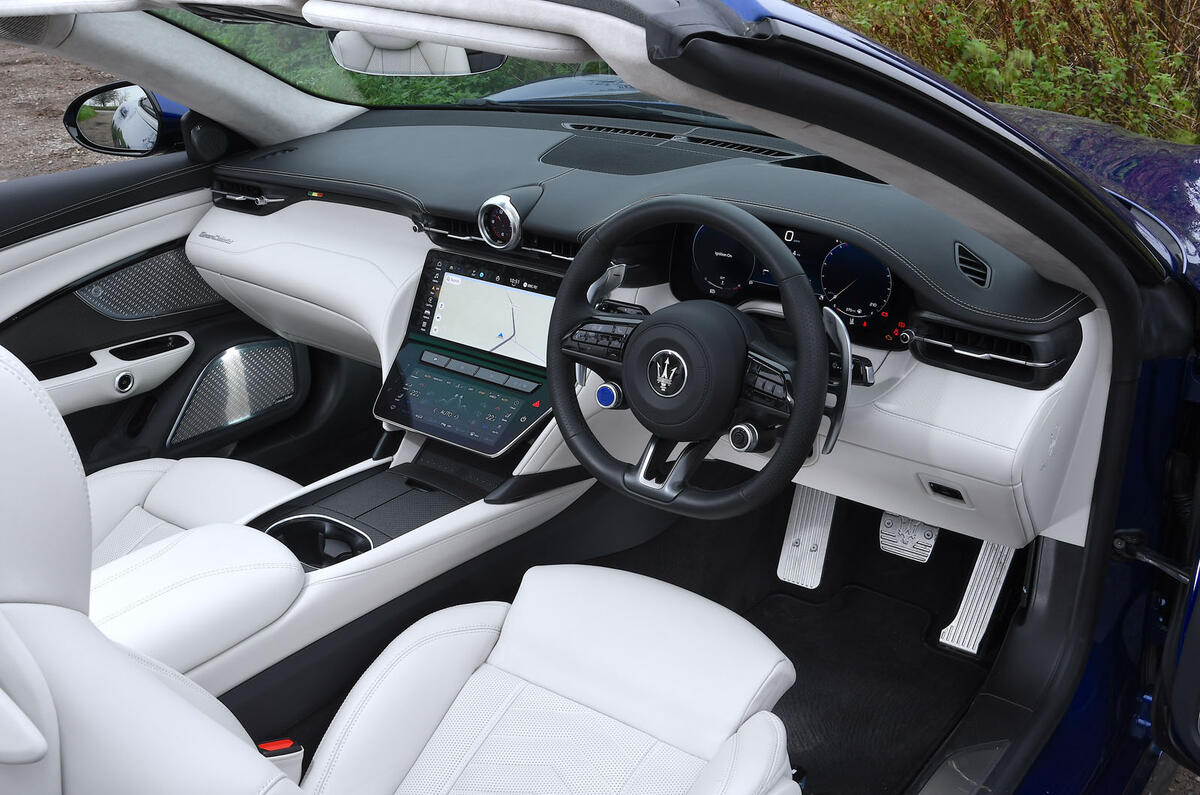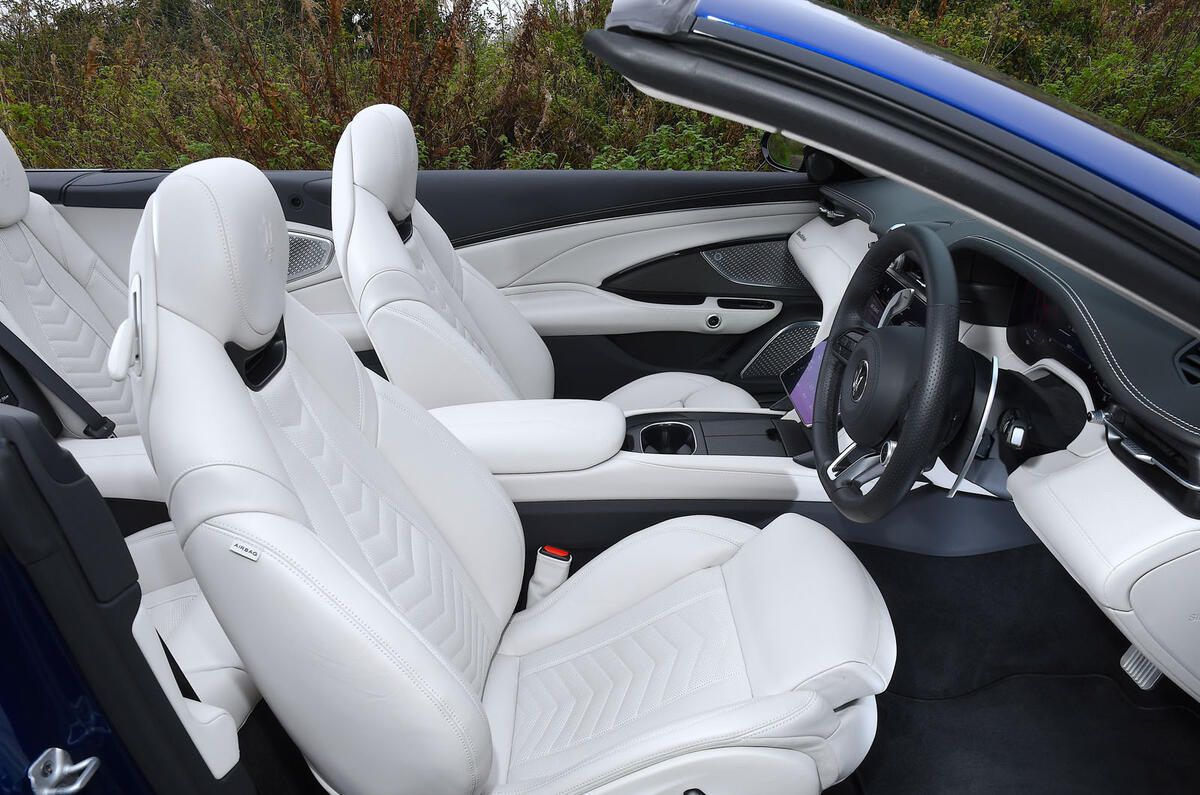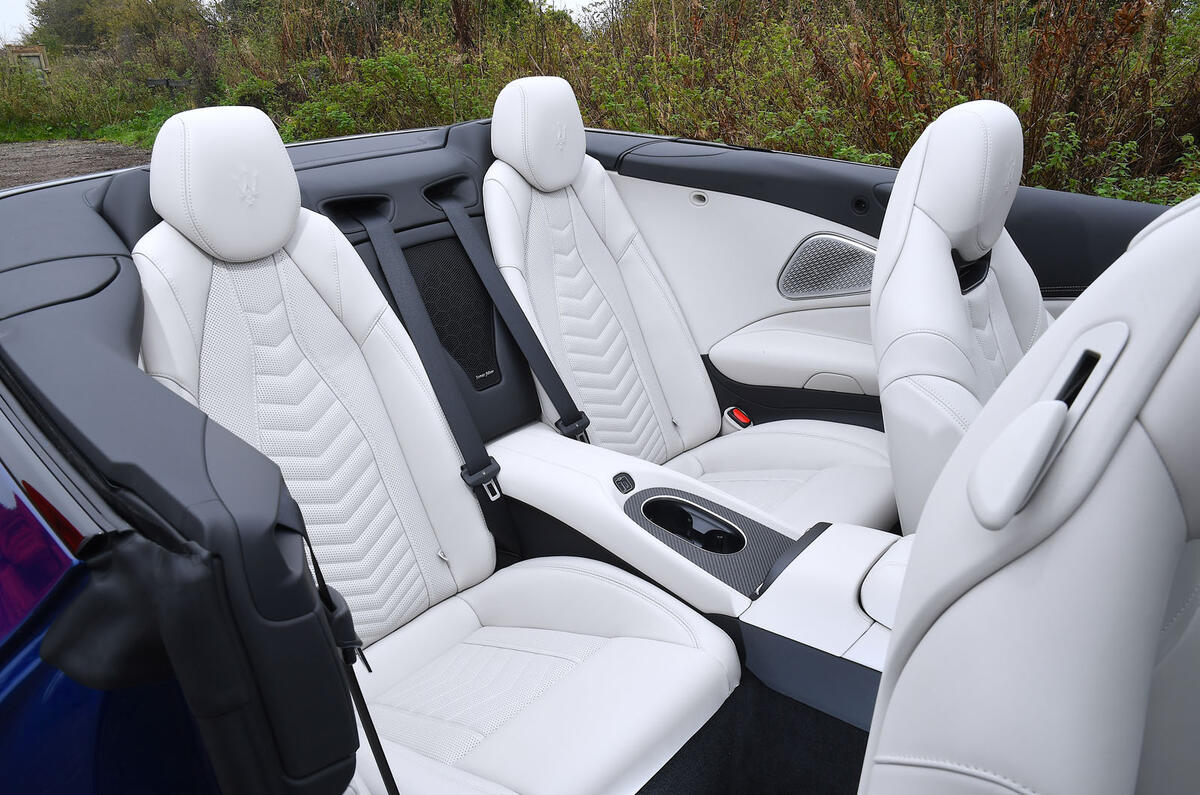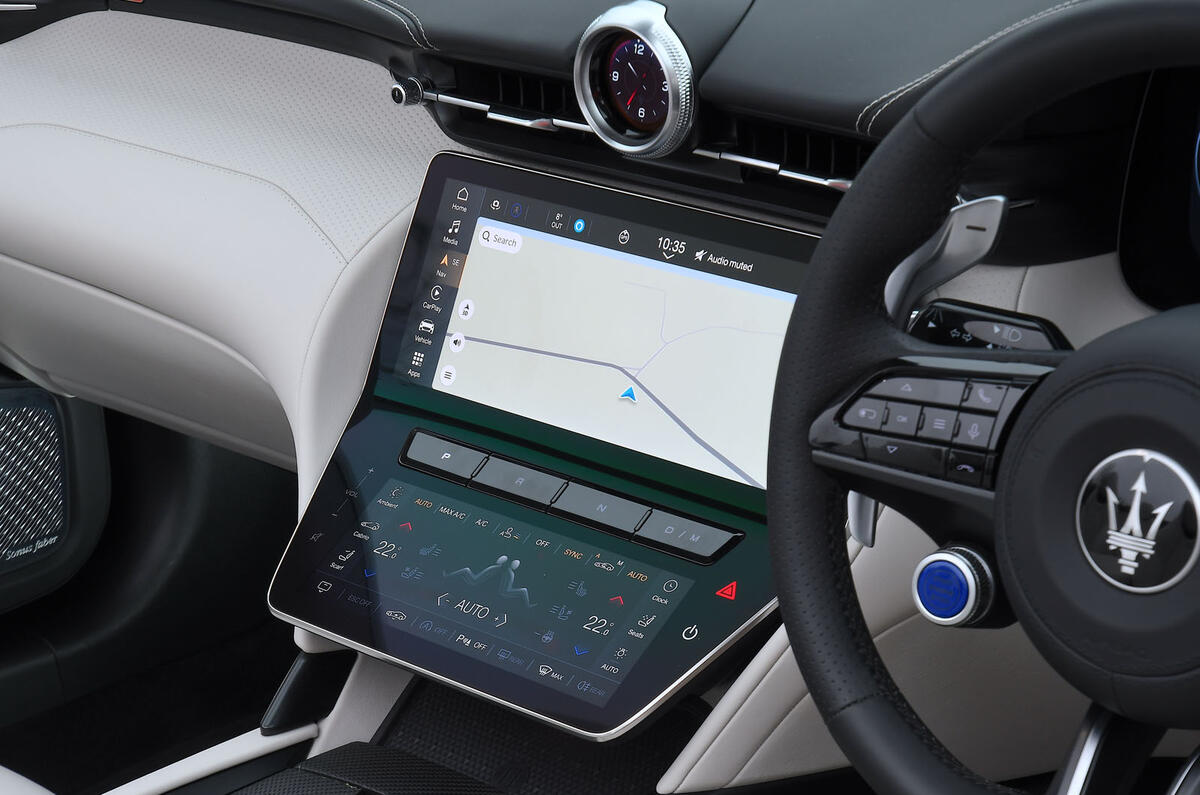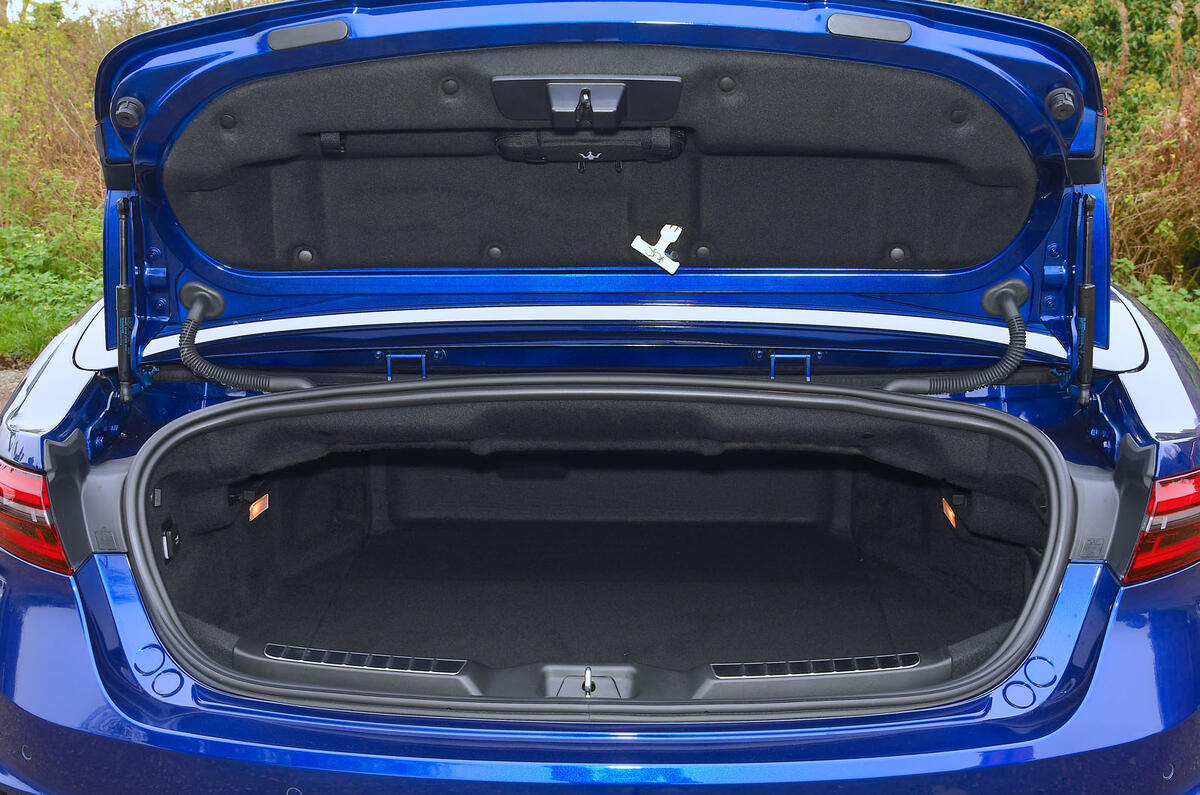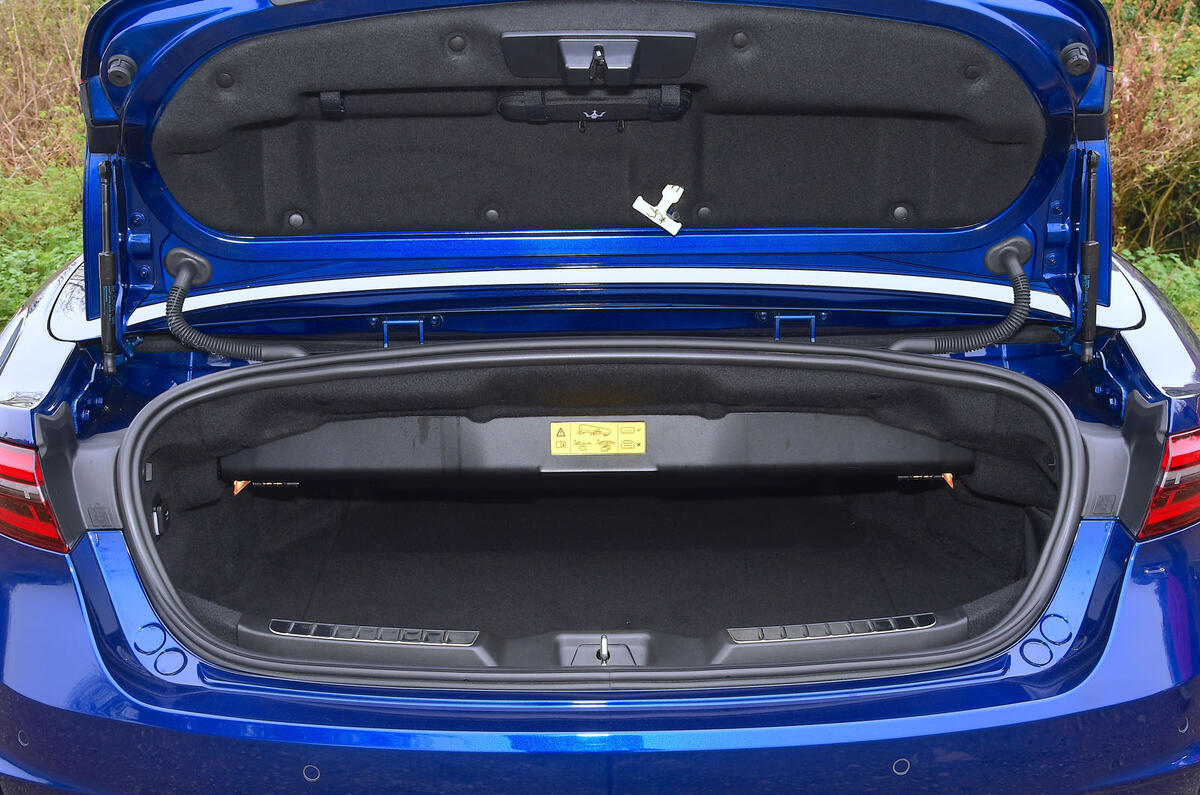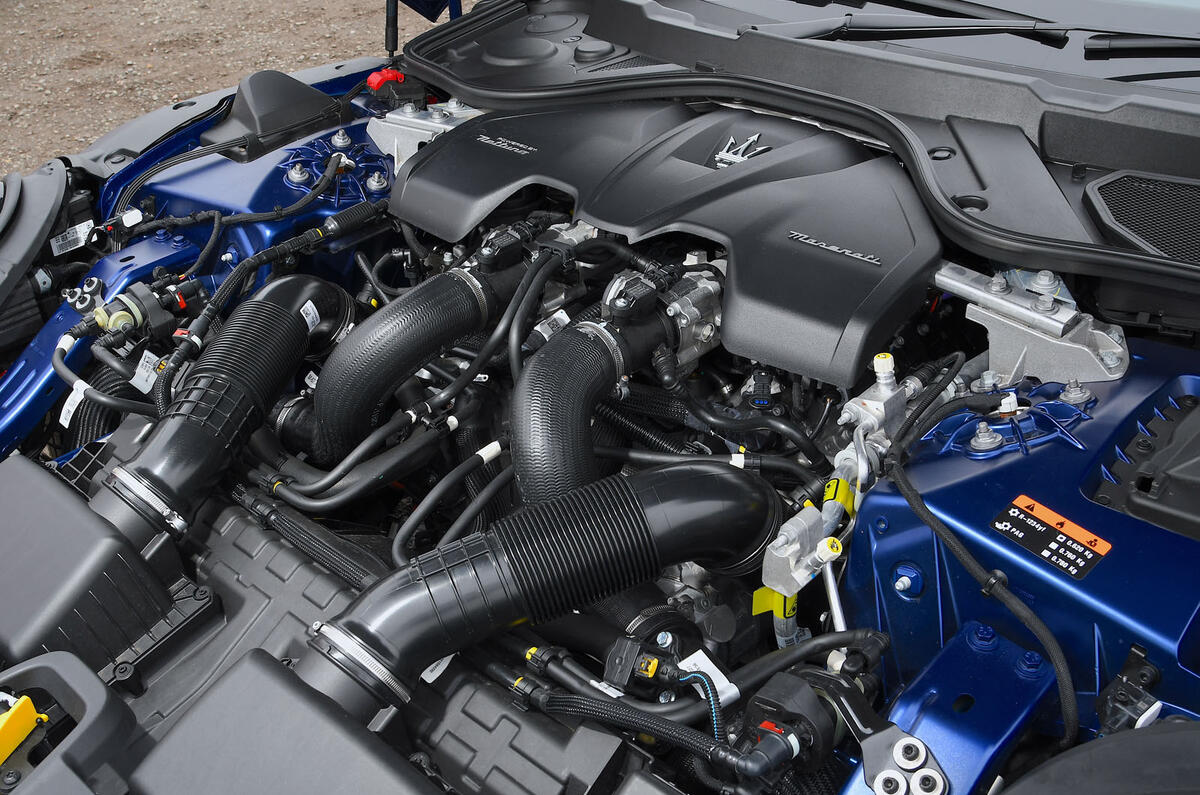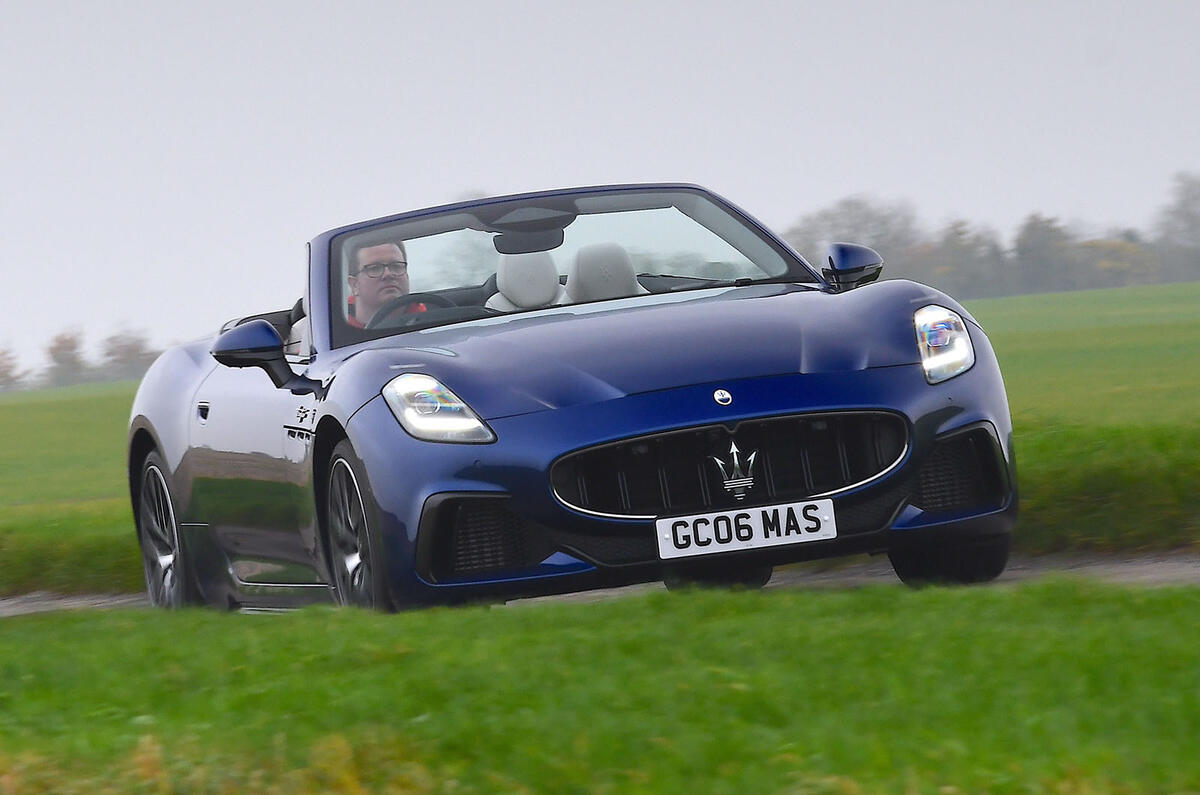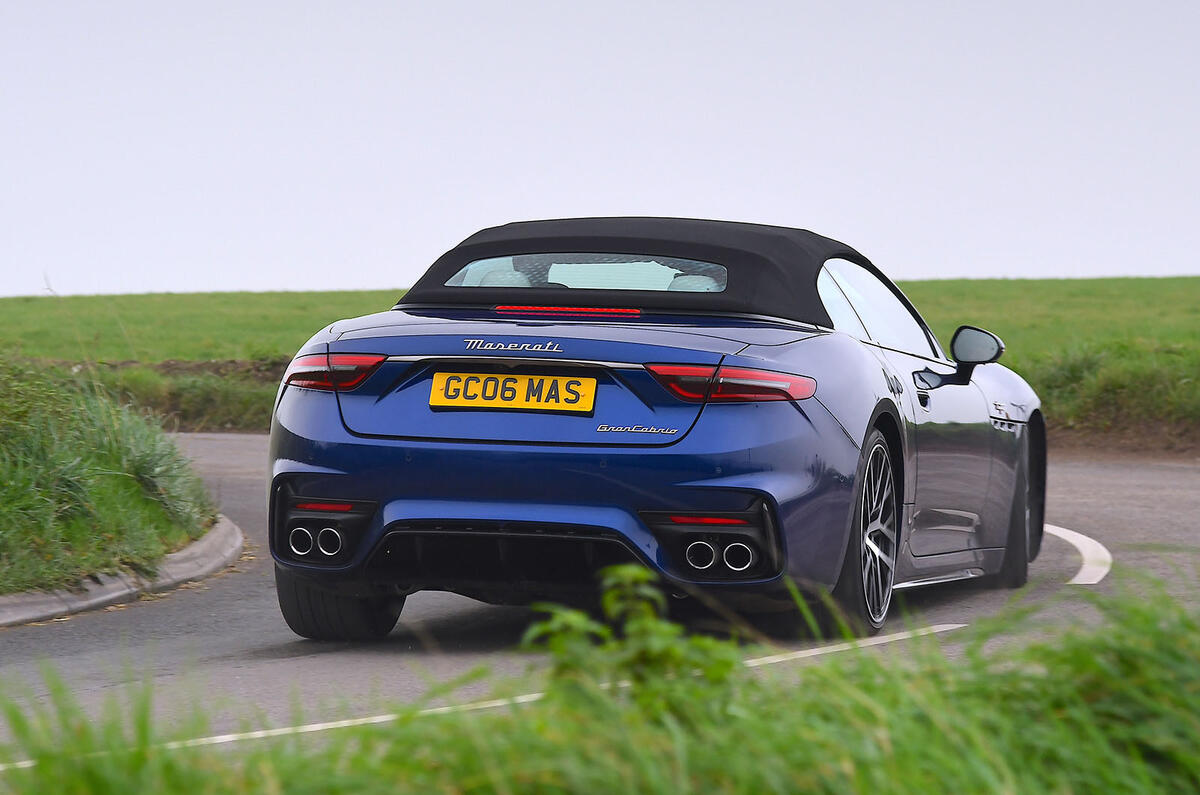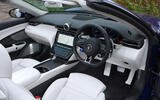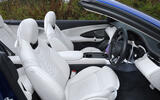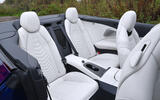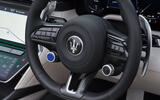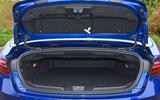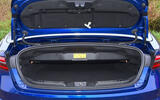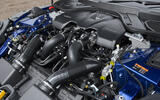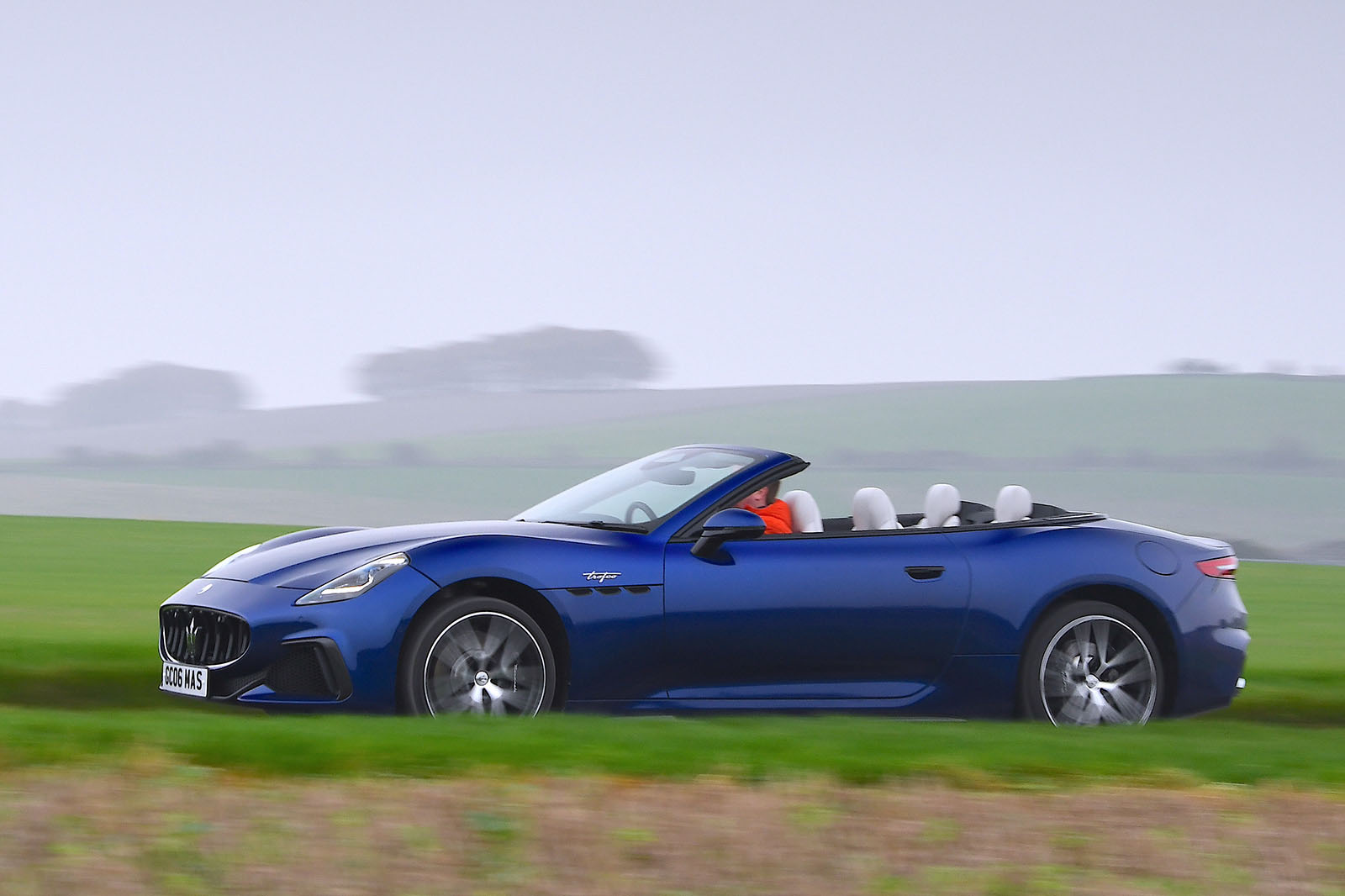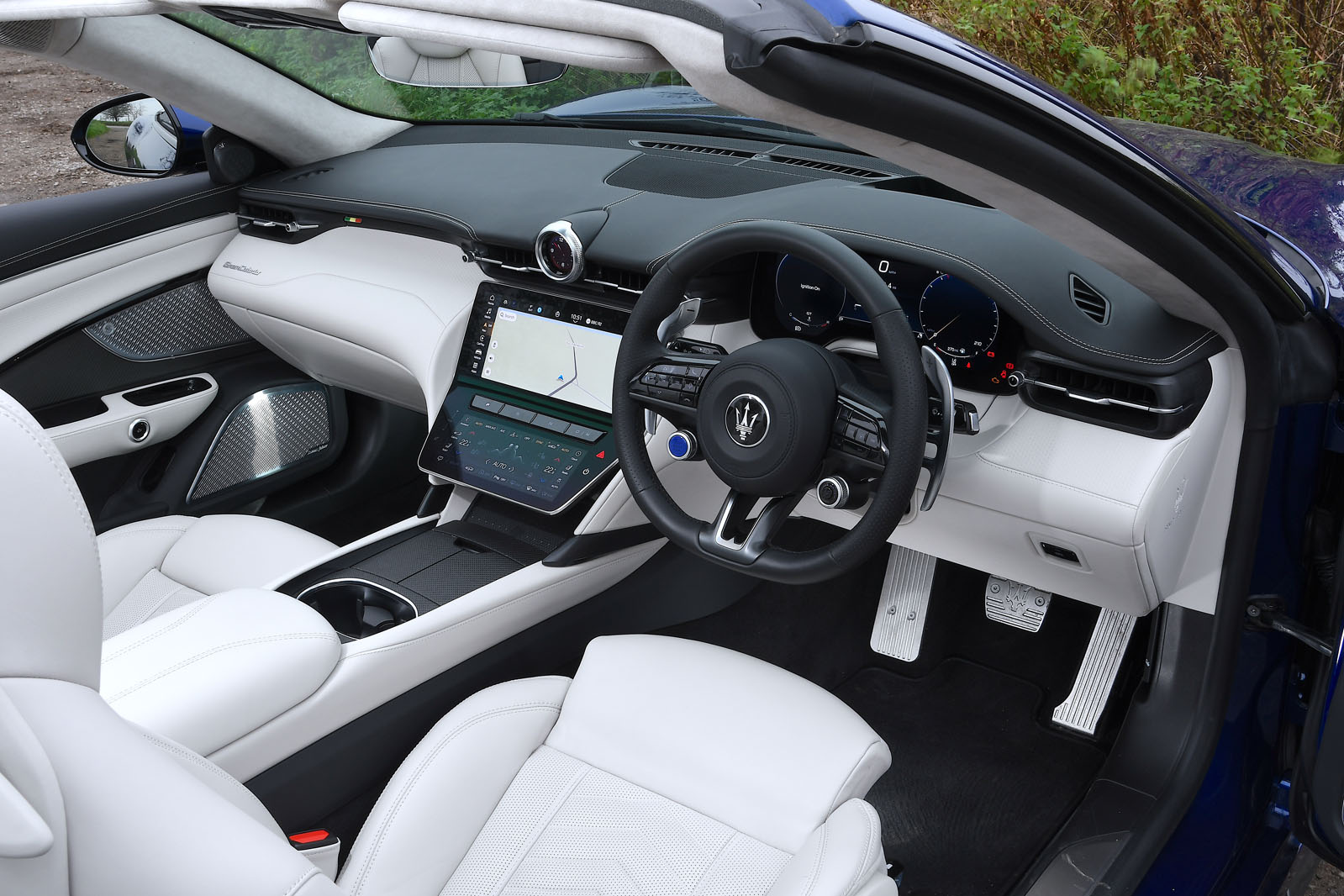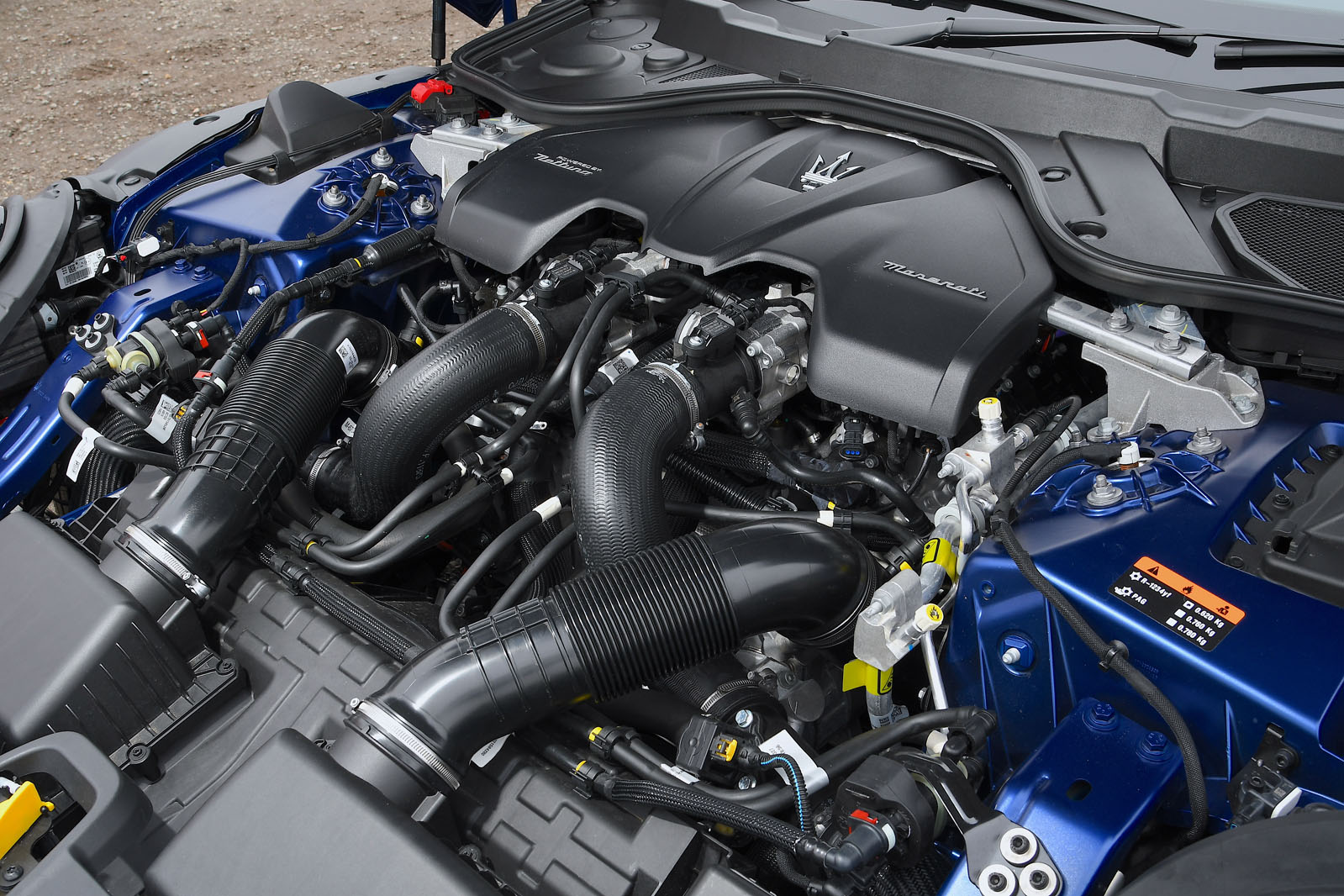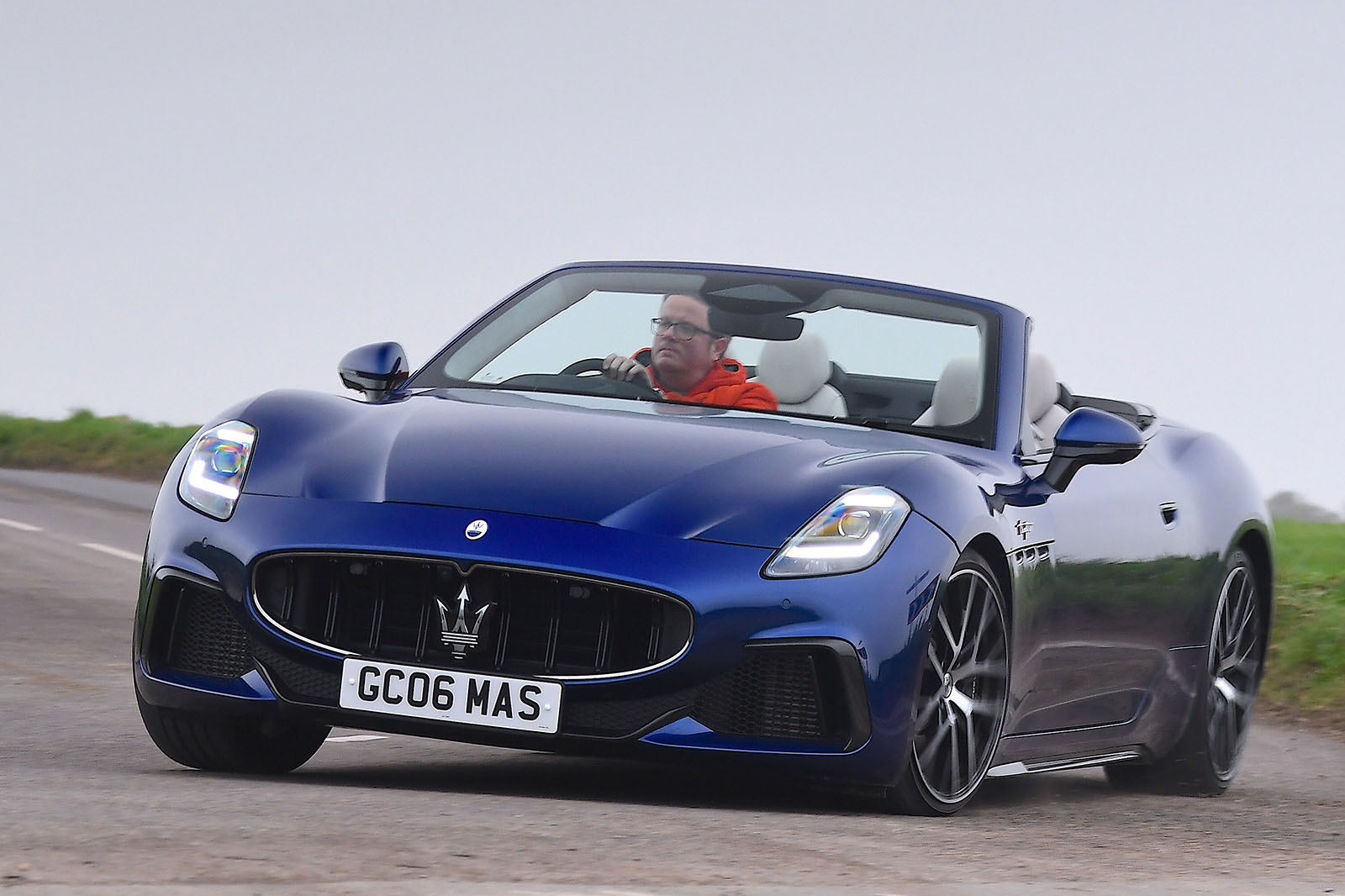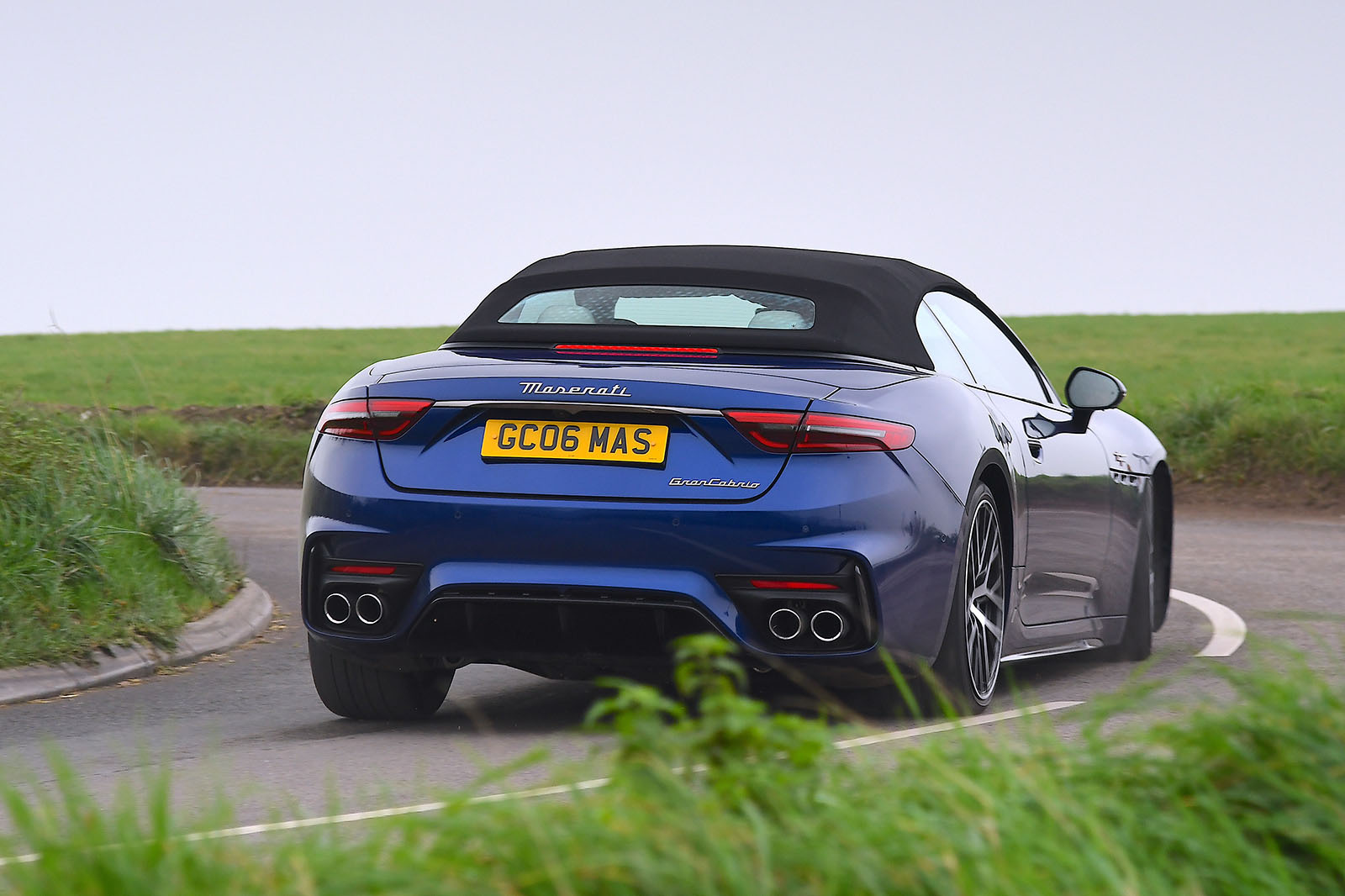The Maserati Grancabrio is one of the last remaining examples of the four-seat luxury convertible: one of those concepts that’s probably more appealing on paper – or in some romantic, coming-of-age road trip movie, perhaps – than in the real world.
It takes about 10 seconds travelling in the back of one to appreciate why. There’s seldom an abundance of space, and there’s so much wind buffeting and fluttering that you can’t really hear any conversation – or even succeed in wearing a hat for very long. Imagine travelling to visit in-laws, or for a weekend away, exclusively via a particularly draughty rollercoaster, and you’ll begin to get the idea.
Most luxury car manufacturers – the likes of Bentley, BMW and Mercedes-Benz – have come to tacitly admit as much by declining to offer big, four-seat convertibles any more. Their flagship open-top cars are now almost exclusively 2+2 models in which the back seats are pretty clearly there for short hops and ‘emergencies’ only.
But the second-generation Maserati Grancabrio – which entered production earlier in 2024, and is now in the UK in right-hand-drive form – is the exception. This is the one luxury cabriolet operator that targets genuine four-seat usability. And you don’t have to drive it everywhere with the roof down, of course – there’s a lovely motorised cloth hood to keep the wind out, when you want to.
It’s available in either Trofeo (V6 ICE) or Folgore (three-motor electric) forms, and our review is opening with impressions of the former.



